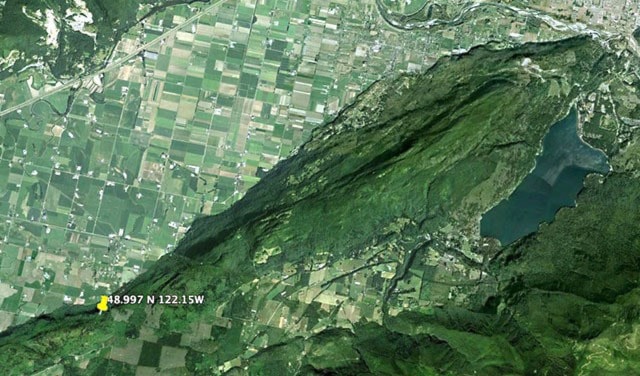Sunday’s earthquake was a gentle reminder of the geologic forces at work beneath the ground in the eastern Fraser Valley.
Although the 3.3 quake was missed by many, those who did feel it, noticed it.
The quake struck at 12:45 Sunday morning. It was centred on the U.S. side of the border, near what is called the Vedder Mountain Fault, southwest of Lindell Beach.
It was a sharp, short jolt. Many said it felt as if something heavy had struck their house.
The Vedder Mountain Fault is one of three faults known to exist in the region. The other is the Sumas Fault and the more recently discovered Boulder Creek Fault on the U.S. side of the border.
Mild earthquakes are not unusual in this area. In fact, Natural Resource Canada has a seismogram stationed on Vedder Mountain that monitors seismic activity.
However, the rumbling is rarely felt.
Sunday’s quake was an exception. It rattled residents as far away as Langley. And while some people living nearer to the epicentre said they felt nothing, that disparity is not uncommon; shock waves emanating from an earthquake are affected by the ground they travel through.
Whether you felt the earthquake or not, Sunday’s event should carry a message.
This first is preparation. Although Chilliwack is not typically identified as a high-risk area for earthquakes, we are in geologically active area. A few precautions (like and 72-hour emergency kit) wouldn’t hurt.
The second is planning. As projects like the Kinder Morgan TransMountain pipeline argue for approval, we need to understand the geography of our region and assess the risk accordingly.
The gap between major earthquakes may be large, but the significance of their impact cannot be overlooked.
